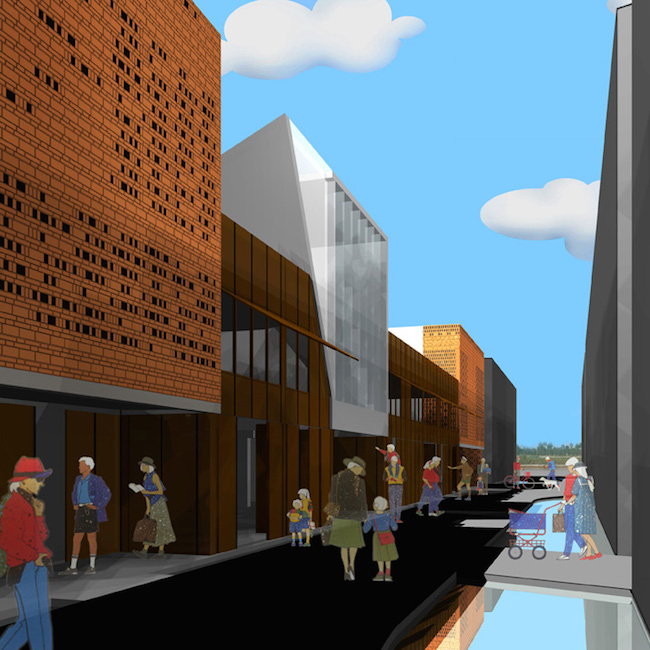A wealthy land developer in Chengdu City, China, has a museum that addresses a subject in Chinese history that the national museums seem to be unwilling to touch.
In 1966 Chinese Communist Party leader Mao Zedong launched what is called the Cultural Revolution, a movement manned by a group of radicals intended to re-assert Mao’s authority over the other party leaders at the time. The country’s schools were shut down and the students formed groups called Red Guards. These groups would harass and attack Chinese intellectuals and elderly people. By the time that this period in recent Chinese history ended, some 1.5 million people were dead and more were imprisoned, tortured or left without property.

One would think that an event of this magnitude would warrant more than the single photograph and three lines of text given to it in the Beijing National Museum. No matter, though, Fan Jianchuan, who made his fortune on land deals, is there to fill in the gaps with a museum devoted to this era in Chinese politics. Fan, whose father was attacked in 1966, sees the fact that his museum is allowed to remain open in spite of its subject as a sign of progress. From the LA Times:
“Fan Jianchuan has embarked on a quest to collect, preserve and display millions of objects, documents and recordings from the Cultural Revolution: photos, diaries, letters, pots and pans, marriage certificates, a piano…
“A visit to the complex is dizzying. Each building is several thousand square feet, and is dedicated to its niche, be it Mao badges or propaganda mirrors, or the contributions of the American Flying Tigers during the Sino-Japanese War. A visitor could spend three days here and not see everything.”
But you’re not here to read about politics. The above was only shared to give you the proper context for the building you’re about to see. The museum was designed by architect Li Xinggang and built in 2004. The brick and concrete building is designed to fit in with the surrounding urban space, according to the architect’s description on Open Buildings. It features a double-corridor exhibition hall, courtyards, roof platforms and “mirror doors,” which create the sensation of unlimited space. The builder calls this a “dynamic, participatory approach” that allows visitors to reflect on the themes of the revolution.

The bricks and concrete create brief moments of space within the facade, apertures which allow light from the outside to pass through. These spaces subvert more claustrophobic areas of the museum, such as tubular corridors that open into paths hugged by brick and concrete walls.
Bill Rodgers is a Contributing Editor at CFile.
Any thoughts about this post? Share yours in the comment box below.







Add your valued opinion to this post.